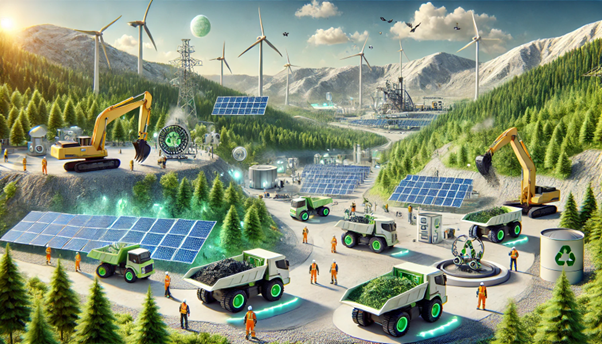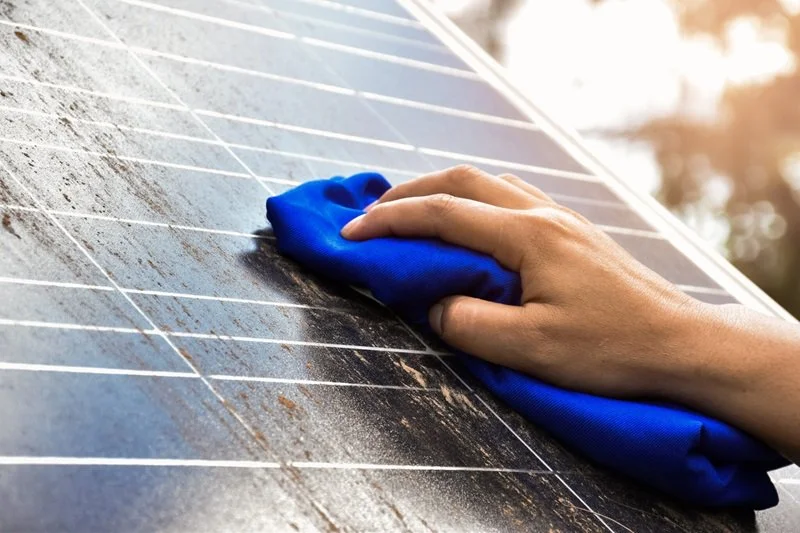Solar Energy: Fast Facts, Stats, and Trends You Need to Know
/Solar power is far from being a buzzword in the current times. On the contrary, it’s one of the most important breakthroughs in technology and dates back to the 19th century.
When it was discovered that sunlight could generate electricity, there wasn’t too much progress in identifying major uses for solar cells. During the next couple of centuries, research and development on solar technology and its applications would continue with more concrete results.
Today, feasibility studies prove that solar panels are efficient and powerful enough to light an entire country, including the United States. It’s with this evidence that the South-African born science and technology advocate and entrepreneur Elon Musk has started venturing into the solar energy services market.
Elsewhere in the world, solar power is also developing as a major source of clean, renewable energy. Solar panels are eco-friendly because they neither use the Earth’s natural resources, nor do they produce pollutants that can harm the environment. As long as the sun continues to shine, homes and buildings will have sufficient electrical energy in a cost-efficient manner.
When it comes to costs, the savings that solar power users gain don’t just pertain to lower electricity bills every month. At the outset, you can save on installation costs since you are only relying on the service provider in your area to help you cut on costs related to transporting or distributing electricity over long distances.
The global shift toward renewable power is accelerating, with solar energy playing a pivotal role. In Asia, adoption has surged, with countries like India and China leading large-scale installations, and solar energy in Singapore gaining traction through commercial and industrial rooftop systems. Africa is home to some of the world’s most ambitious projects, such as Morocco’s Noor Ouarzazate Solar Complex, one of the largest concentrated solar power plants globally. In the Middle East, Jordan now meets more than 20% of its electricity demand through solar and wind. Meanwhile, the U.S. installed over 30 gigawatts of solar capacity in 2023 alone, and Europe continues to push ahead, with Germany, Spain, and the Netherlands among the continent’s top producers. These trends reflect a broader move toward cleaner, cost-effective energy solutions worldwide.
Maintaining solar panels is relatively easy, too, since there aren’t that many parts that you need to move around. Solar panels are also durable enough to withstand wear-and-tear and even come with years’ worth of warranty protection.
Indeed, solar power is a great alternative that has massive potential for making energy more affordable and readily available for anyone, anywhere. You can read more on solar-related facts, stats, and trends in our featured infographic.
About the Author:
Enrique Hormillo is a Business Development Executive at SolarNRG Philippines. Its parent company, SolarNRG Netherlands, is one of the largest suppliers and installers of solar power systems in Europe. Enrique’s experience stretches beyond business development, as he also works as a Marketing Director for a motorsport store -- further solidifying his business acumen.
Like this? Please pin!







































